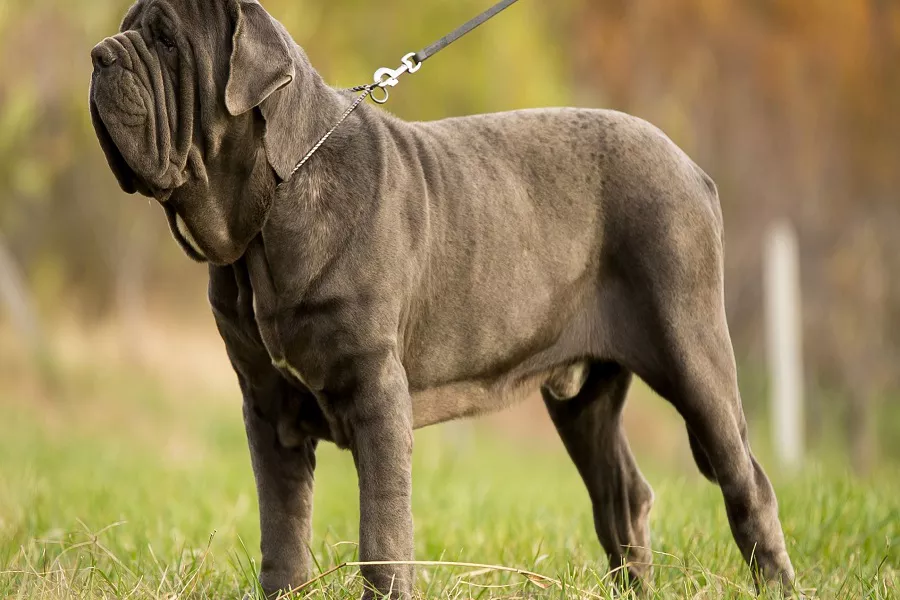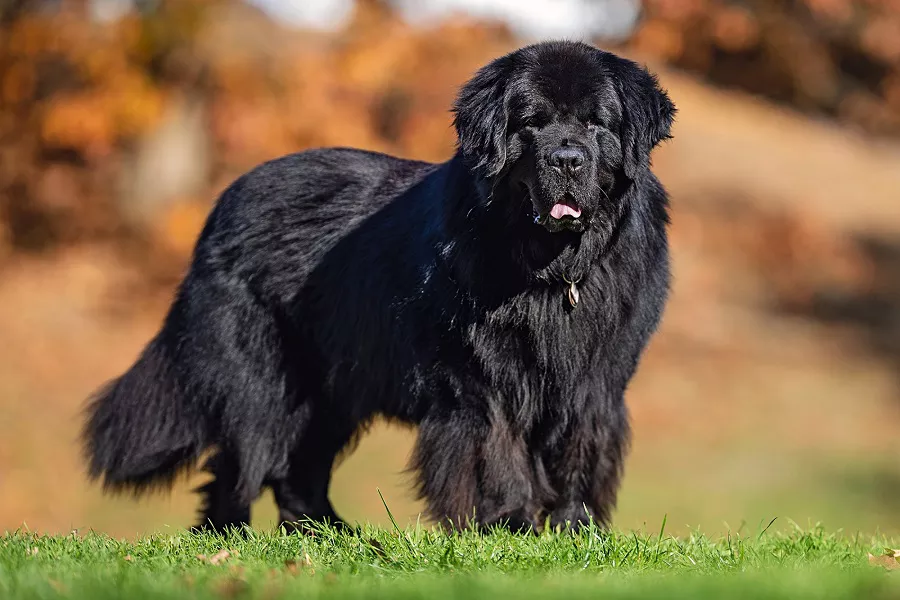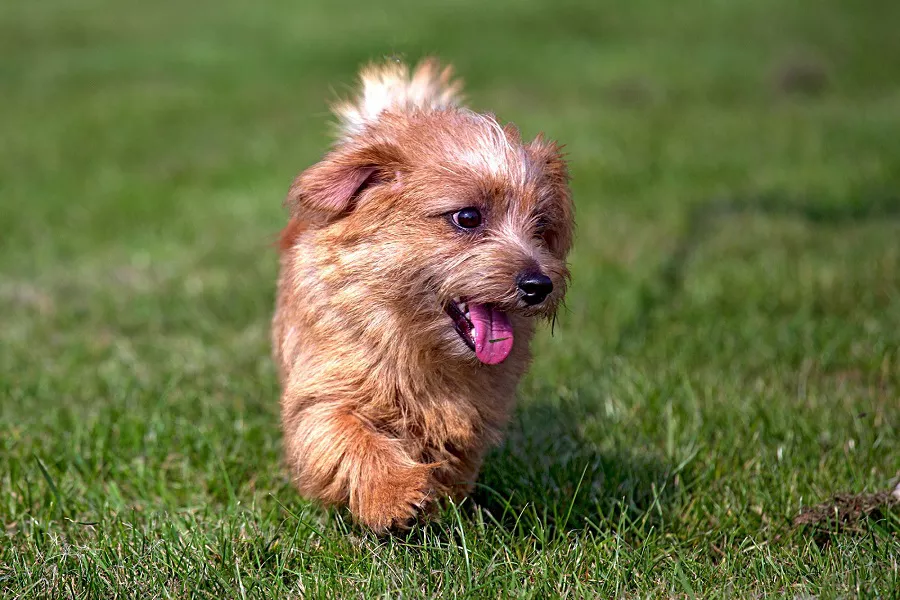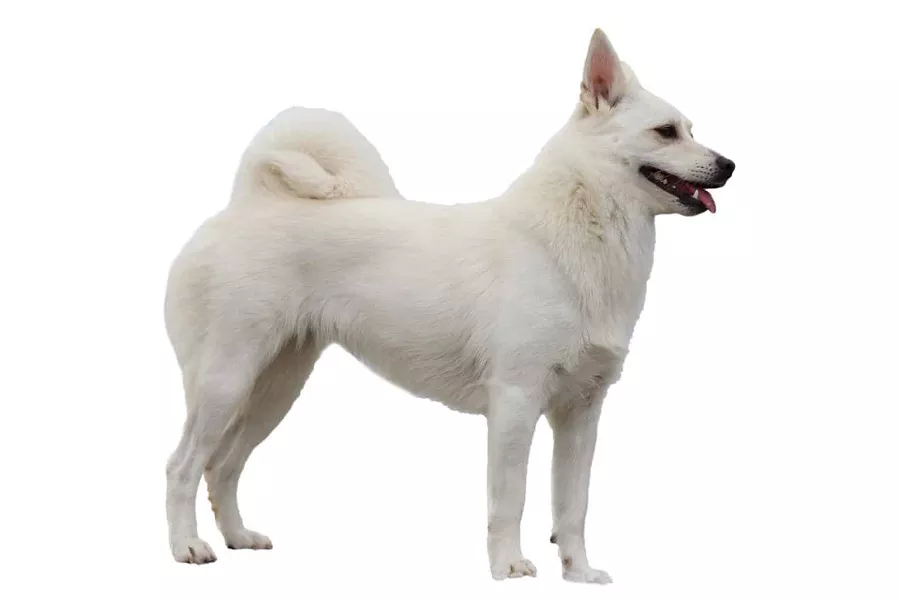What is a neapolitan mastiff?
The Napoleon Mastiff is a large dog, its origin: Italy, from the Greek era to the Roman era, it was raised by people. The ancestral dog is a mastiff used for war and competition. Their ancestors may have been the gladiator dogs of ancient Rome, which were bred as ranch dogs and farm dogs in southern Italy.
What does a neapolitan mastiff look like?
general appearance
Tall, stocky and stocky, of great size, longer than the height at the shoulders. Important Body Proportions: Length is 10% longer than height at withers. The length of the head is equal to 3/10 of the height at the withers. The ratio of the length of the skull to the muzzle is 2:1.
character
The Newpoliton’s character is very stable and loyal, not too aggressive or biting for no reason. It is the guardian deity of property, personal vigilance, nobility and beauty.
head
Short and heavy, the skull must be as wide as the cheekbones. The entire length of the head is equivalent to 3/10 of the height at the withers. The skin on the head is rich, wrinkled and folded, the most characteristic feature of this breed is the prominent fold from the outer corners of the eyes to the outer corners of the lips. The longitudinal axis of the skull is parallel to the muzzle.
cranial area
The skull is broad and flat, especially between the ears, and the forehead slightly protrudes. The width between the cheekbones is slightly greater than the length of the head. The cheekbones are particularly prominent, but are covered with flat muscles. The eyebrows are especially developed. The front furrow is obvious. The occipital bone is just visible. Forehead point: very obvious.
facial area
As an extension of the top line of the muzzle, the nose must not extend beyond the vertical plane of the lips. The nose must be thick and the nostrils large. The color of the nose is generally in harmony with the coat, that is, the nose is black for individuals with black coats, dark gray to brown for other colors, and brown for individuals with reddish-brown coats.
muzzle
The muzzle is very broad and deep; its length corresponds to the length of the bridge of the nose and must also be equal to 1/3 of the length of the entire head. The sides of the skull are parallel to each other, thus forming the forehead line, and the muzzle is particularly square.
lips
Very heavy. Viewed from the front, the upper lip forms an inverted “V” at the junction of the two lips. The drooping side of the upper lip forms the lower contour of the lip. The lowest point of the lips is the junction of the two lips, where the lips are everted and the inner membrane is visible. It is on the same line with the outer corner of the eye, and there is a height difference between the two.
palate
Strong, with strong palatine bones and tightly closed gums. The lower jaw must be wide.
teeth
White, well-developed, neatly arranged, no missing. The bite of the teeth must be a scissors bite (the upper front teeth overlap the lower front teeth, and the inner surface of the upper incisor just touches the outer surface of the lower incisor), or a pincer bite (that is, the upper and lower teeth of the Newburyton puppy meet in cutting edge). The teeth are firmly embedded in the gums.
Eye
Located on the same plane, the eyes are far apart. When the eyes are open, the lids are almost round. Eyeballs are slightly sunken. The iris is generally slightly darker than the coat. Eye color is generally lighter than coat color.
ear
Corresponding to the whole body, the ears are small and triangular in shape. The ears are flat and close to the cheeks, above the cheekbones. When dogs have their ears clipped, they are nearly equilateral triangles in shape.
neck
Profile: The top line of the neck is slightly arched.
Length: Short, with a neck-to-shoulder length ratio of approximately 2.8:10.
Shape: Conical, muscular. Medium length, the ratio of neck girth to shoulder height is approximately 8:10.
skin
The skin on the top edge of the neck is very loose, allowing for a double-layered crop that is spaced apart but not overly lengthy. The crop bag extends from the chin to the middle of the neck, but does not progress downward.
Body
Body length is greater than 10% of height at withers.
topline
The topline is straight. Shoulder width and length. slightly above the topline.
back
The back is broad and the length is about 1/3 of the height at the withers. The waist must be harmoniously integrated with the back, and the psoas must be broad. The chest must be broad and full, with long and well-opened rib drums. The circumference of the chest is greater than the height at the withers.
buttocks
The hips are broad, strong and muscular. Start at the hip bone at a 30-degree angle to the horizontal. The length of the hips is equal to 3/10 of the height at the withers. The waist begins to bulge near the upper waist.
neapolitan mastiff living habits
The Newpoliton Mastiff can be friendly with children if socialized early. They are accepting of strangers if there is no threat. They generally get along peacefully with other dogs and house pets.
Together with the pit bull (including the American pit bull, the Staford summer bulldog and the American Staford summer bulldog), the Japanese Tosa and the three major attack dogs in the world, the Newpoliton was once the guard dog of the Italian Mafia and would obey The master ordered, but if it became fierce, it would kill people. Most foreign countries regard these three fighting dogs as dangerous or aggressive dog breeds and restrict their breeding. In Taiwan, these three types of dogs must wear masks, be accompanied by adults, and be led by a leash no longer than 1.5 meters before entering or leaving public places. In Hong Kong, restrictions on keeping dogs are strictly enforced, and these three types of dogs are not allowed on the streets and in public places. You must pay attention to safety when raising such dogs.
neapolitan mastiff rearing
(1) Timing. It is to fix the feeding time and feed it every day. In this way, the dog can form a conditioned reflex, promote the regular secretion of digestive juice, improve the digestibility of the dog’s gastrointestinal tract, and help improve the utilization rate of feed.
(2) Quantitative. That is, the amount of food fed to the dog should be relatively constant every day to avoid the phenomenon of the dog being full or hungry. The amount of food should be determined according to the needs of the dog. The initial estimation method is that after feeding, the dog still chews on the empty bowl and barks in a low voice, which may be insufficient food intake; if there is often leftover food, it may be excessive food. Excessive and insufficient food will affect the normal growth and development of dogs, especially for puppies. Excessive food intake can easily lead to indigestion, abdominal enlargement or deformation of limbs, etc.; Bad occurrence.
(3) Constant temperature. Adjust the temperature of food according to the climate of different seasons. Generally, it should be controlled at about 40 ℃, but there are differences in winter and summer, and it should be “warm in winter, cool in summer, and warm in spring and autumn”.
(4) Qualitative. It means that the coordination of the ration should not change too much, do not feed anything, but keep the ration relatively stable. The quality of the feed used must be kept fresh and clean, and the change of feed should be gradually changed to prevent eating moldy and rotten feed.
(5) Set the location. It refers to a relatively fixed feeding location, and it is not allowed to feed anywhere, so as to prevent the dog from developing the bad habit of eating indiscriminately everywhere. The place to feed the dog is generally selected in the kennel or near the kennel.
Reminder: For more knowledge about dog feeding, dog training, dog grooming, dog breeding, please pay attention to: mtedr.com, providing you with different kinds of dogs.


























